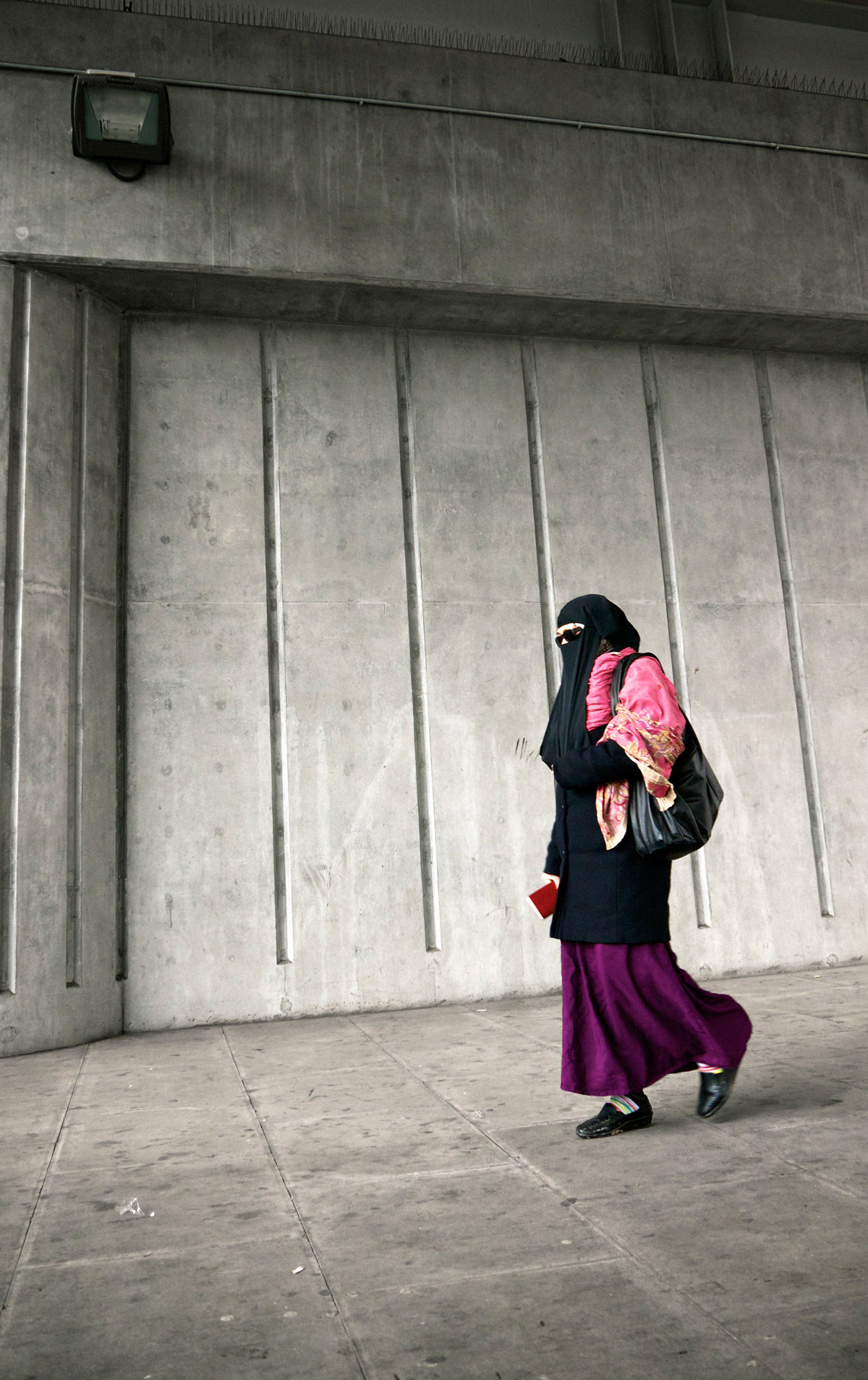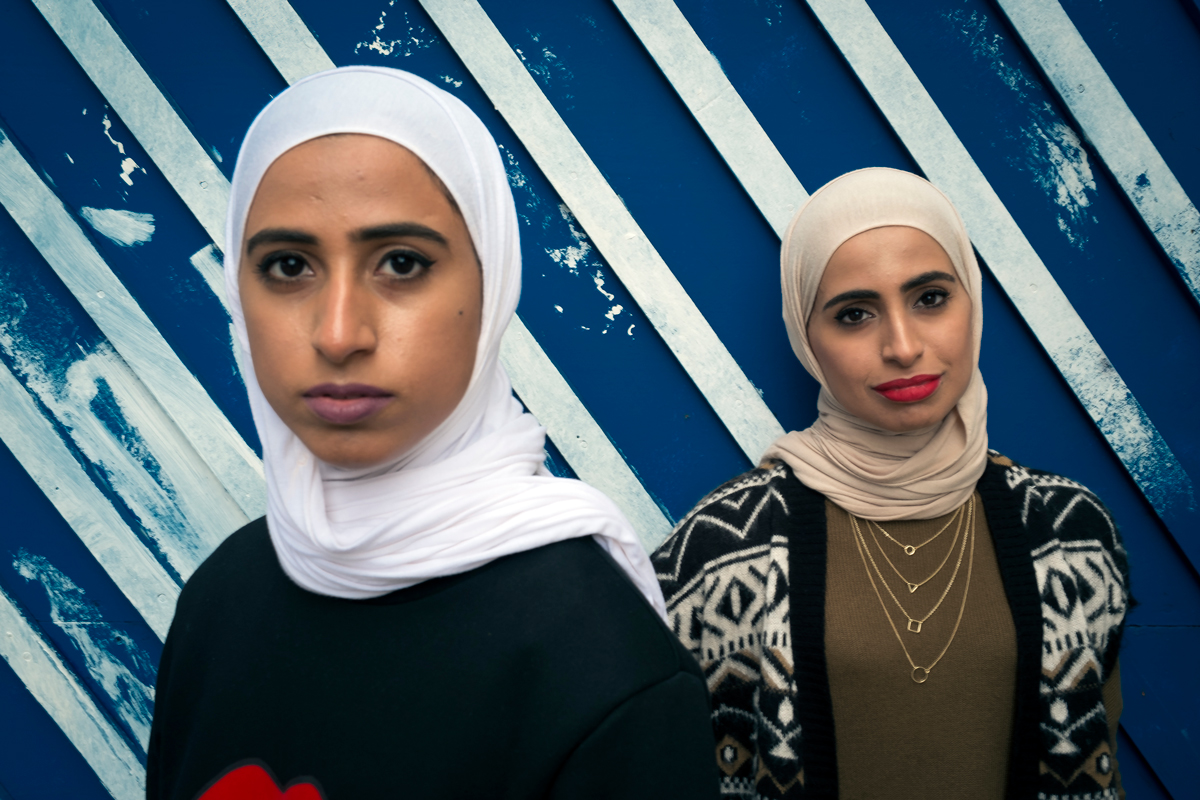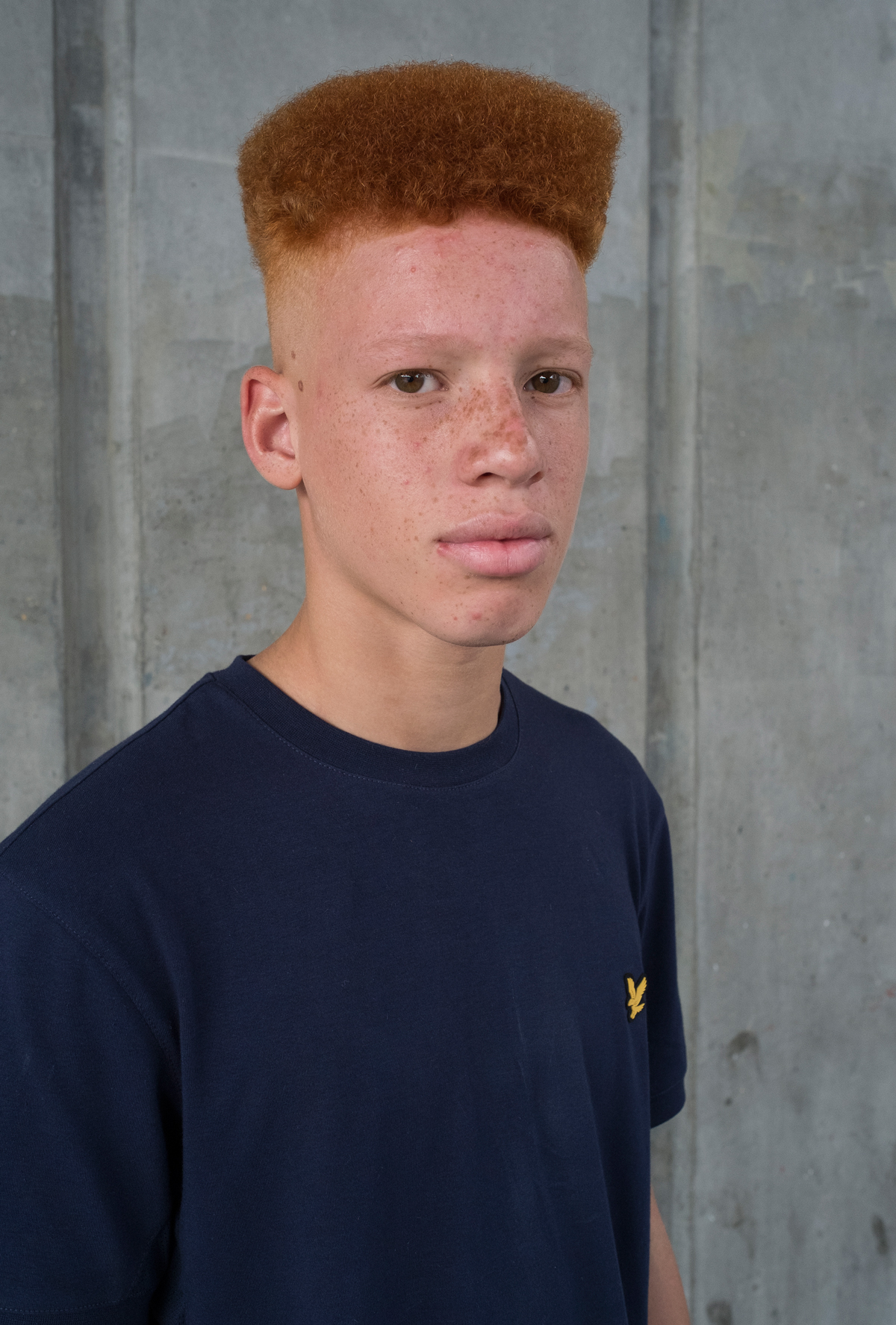Shorebridge Portraits
by John Perivolaris
Since 2011, I have been making a series of portraits under a concrete railway bridge in Shoreditch, East London.
None of the photographs have names or any biographical information attached. This has something to do with the formality of my encounters with a range of passers-by at an urban transit point where nobody would normally stop. In an increasingly privatised urban space ever more under surveillance, the encounters I record mark moments when public space is shared respectfully with others. Not including names or biographical information is a sign of a respectful distance bridged by the moments of our encounter. These are commemorated by the dates attached to each photograph.
Identity and place are imprinted on the surfaces of what might at first glance be considered a non-place. An organic material subject to internal decay, the concrete setting of the portraits is marked by the passing of time and people. Ultimately, it is the latter, in all their variety, pausing for the camera, their faces and eyes open to the moment, who make the urban space of the portraits hospitable to a sense of identity.
I have been particularly drawn to the symbolism of concrete and bridges. Bridges because they connect separate parts of the city and distinct populations. But also because bridges offer me the opportunity of interrupting their transit and creating temporary situations where encounters can take place, where dialogues can take place. Concrete because it is a fluid reflector and diffuser of light whose hue and saturation follows the seasons.
I started photographing under the bridge back in February 2011. At that time of the year, the light can be crisp and blue. What I love about concrete is the way it registers seasonal changes in light, as well as differences in hue and intensity during the day. Over time, I have become increasingly fascinated by the juxtaposition of my subjects’ skin and the concrete skin of the city. A large proportion of time processing the photographs is spent rendering both types of surface. My underlying motivation is to represent the inherently organic relationship between cities and their citizens. Equally, there is a humanistic dimension to the momentarily intimate encounter with those I photograph and whose names I do not know.
Photography is, in one sense, a way of registering the skin-to-skin surprise inherent in such intimacy between nameless strangers in a public space.

#11, March 2011

#23, March 2011

#24, March 2011

#90, April 2012

#117, October 2012

#137, May 2013

#164, November 2013

#170, February 2014

#221, August 2015

#235, January 2016

#253, May 2016
This gentleman is of the generation of East Enders who almost always greet photographers with ‘Who d’you think you are? David Bailey?’ I hadn’t been greeted in this way since 1979.

#254, May 2016

#246, August 2016

#283, December 2016

#291, February 2017

#294, February 2017

#296, March 2017

#300, March 2017

#300, March 2017
About the Author:
John Perivolaris has received commissions to work on major photographic projects in the UK and internationally. Often collaborative, his projects use photography, text, and related media to reflect on diasporic states of being in the late period of capitalism. His website is: thegrid.ai/a-map-of-my-own-making/.









